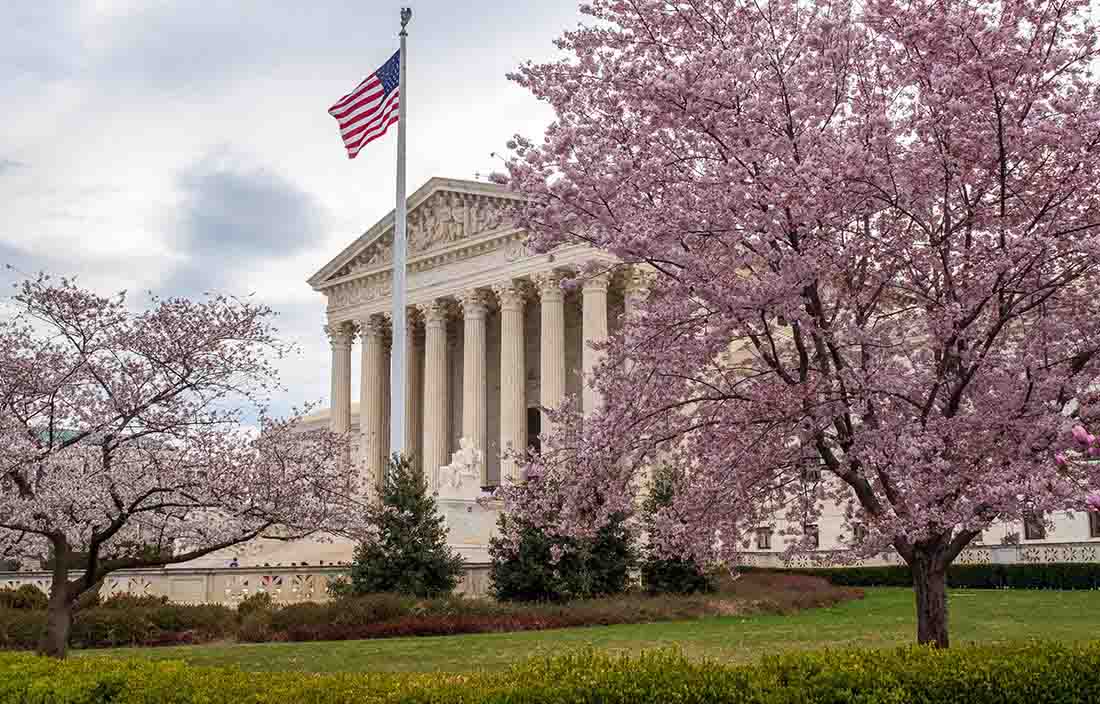FICA tip credit helps businesses that pay employment taxes on employee tips
Restaurants can reduce the federal taxes they owe by claiming a credit for FICA taxes they pay on tips reported by employees. Here’s how.
 Restaurants can claim a credit against their federal income tax based on the share of FICA and Medicare (“employment”) taxes they pay on tip income that employees report. In an ideal system, the employer portion of employment taxes due on tip income would somehow be paid by those who leave the tips. After all, they’re the ones actually compensating the server for the work. Since there’s no reasonable way to make that happen, however, the law assigns responsibility for the employer portion of employment taxes on tip income to the restaurant owner.
Restaurants can claim a credit against their federal income tax based on the share of FICA and Medicare (“employment”) taxes they pay on tip income that employees report. In an ideal system, the employer portion of employment taxes due on tip income would somehow be paid by those who leave the tips. After all, they’re the ones actually compensating the server for the work. Since there’s no reasonable way to make that happen, however, the law assigns responsibility for the employer portion of employment taxes on tip income to the restaurant owner.A quick refresher on why employers owe employment taxes on tips
If you’re already familiar with why restaurants pay FICA and Medicare taxes on amounts paid to employees by customers, skip ahead to the next section. If not, here’s a quick refresher on the process:
- Customers pay tips to waitstaff, bartenders, etc.
- Employees who get more than $20 in tips in a month are required to report the sum of tips they receive to their employer at least once a month.
- When employees get their paycheck for hourly wages, employers withhold income and employment taxes.
- Employers of tipped employees must also withhold the employee’s share of employment taxes due on the tip income reported.
- When those employers remit the withholdings to the government, they’re required to add their matching share of the employment taxes owed based on the total of each employee’s wages and tips.
What is the FICA tip credit?
The FICA tip credit, formally referred to as the “Credit for Portion of Employer Social Security Paid with Respect to Employee Cash Tips,” attempts to give some relief to businesses that pay an employer’s share of employment taxes on tip income paid to their employees by someone else. Even though the shorthand name of the law mentions only FICA taxes, it allows employers to take a credit against their federal income tax based on the amount of FICA and Medicare taxes paid on tips reported to the employer. The credit reduces the federal income tax of the employer by an amount based on the employer’s share of employment taxes paid on a portion of reported tips.
How to calculate the Fica tip credit
To calculate the credit, eligible employers begin by calculating an amount known as creditable tips. Tipped employees are typically paid an hourly rate well below the federal minimum wage. The creditable tips calculation attempts to remove from credit eligibility those tips that make up the difference between a tipped employee’s hourly wage and the federal minimum hourly wage that was in effect when the credit was enacted. To determine creditable tips:
- Multiply the number of hours the employee worked times $5.15 (the federal minimum wage rate in 2007 when the credit was enacted) to determine the federal minimum wage amount for the employee.
- Subtract from that number the actual wages paid to the employee to arrive at the amount of tips not eligible for the credit.
- Subtract the amount of tips not eligible from the total tips reported by the employee to determine the amount of creditable tips.
- Multiply the creditable tip amount by the combined FICA and Medicare tax rate, currently 7.65%, to determine the amount of credit available.
Fica tip credit calculation examples
This calculation is illustrated by the following examples:
- Example #1: ABC, LLC operates a restaurant and employed Individual X. During May, Individual X worked 100 hours, was paid $400 in wages, and received $800 in tips. ABC is entitled to $52.40 in credits based on the following:
- Federal minimum wage amount: $515 (100 hours x $5.15)
- Net tips ineligible for the credit: $115 ($515 minimum - $400 wages paid)
- Creditable tips: $685 ($800 total tips, less $115 ineligible amount)
- Total credit: $52.40 ($685 x 7.65%)
- Example #2: DEF, LLC operates a restaurant and employed Individual Y. During June, Individual Y worked 100 hours, was paid $600 in wages, and received $800 in tips. DEF is entitled to $61.20 in credits based on the following:
- Federal minimum wage amount: $515 (100 hours x $5.15)
- Net tips ineligible for the credit: $0 (wages paid exceed required minimum)
- Creditable tips: $800 (total tips unaffected since no ineligible amount)
- Total credit: $61.20 ($800 x 7.65%)
A few caveats and conditions when accounting for tip income
1. To qualify as a “tip,” the payment from the customer to the employee must meet four conditions:
- A customer can’t be compelled to pay it.
- The customer must have the unrestricted right to determine the amount.
- The payment can’t be subject to negotiation or dictated by employer policy.
- The customer must have the right to determine who receives the payment.
For instance, a service charge applied to a bill for large parties or catering events that’s then shared among the servers will generally not qualify as a tip that can be included in the creditable tip calculation.
2. The FICA tip credit is included on the employer’s tax return as part of the General Business Tax Credit, a nonrefundable credit that can’t reduce a tax liability below $0. Unused portions of the credit can be carried forward to future years.
3. The expense that a taxpayer claims for employer FICA taxes must be reduced by the amount of FICA tip credit claimed in that year.
4. Certain large food or beverage establishments (U.S. restaurants that employ 10 or more servers on a typical day and serve meals on-premises) are required to report to the IRS the total amount of tips that employees reported to them. If that number fails to exceed 8% of an establishment’s gross food and beverage receipts, the law deems that employees have underreported their tips. If this situation is uncovered by the IRS, it’s likely that a recalculation of tip income would be required for at least some employees. Such a recalculation would also have an effect on the employer’s FICA tip credit for the year.
Conditions and caveats like these can add complexity to what might otherwise seem like a straightforward calculation. If you’d like more information about qualifying for or calculating the FICA tip credit, or any other issues affecting the food service industry, please contact us.




